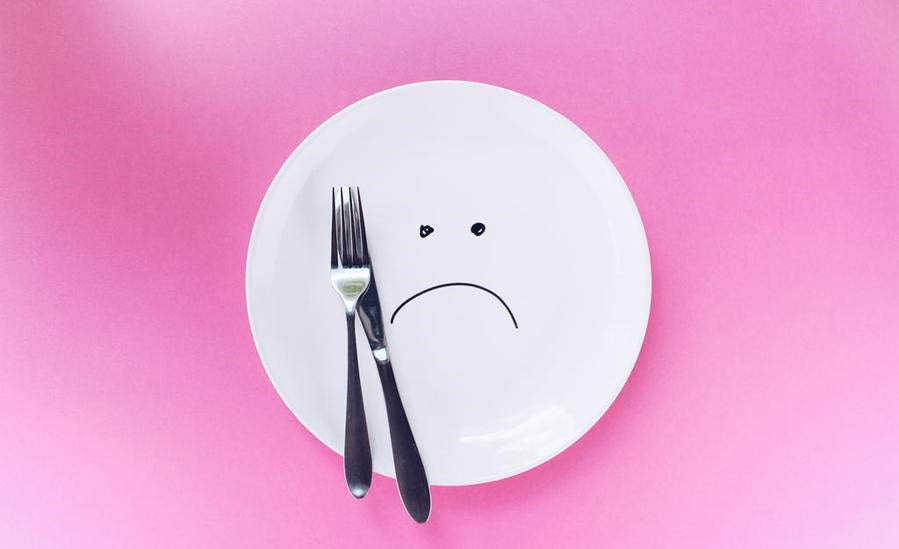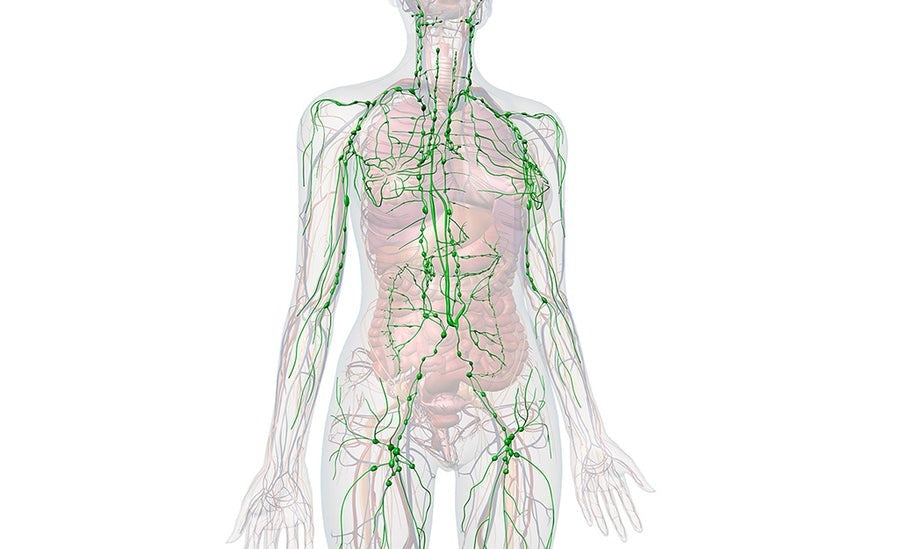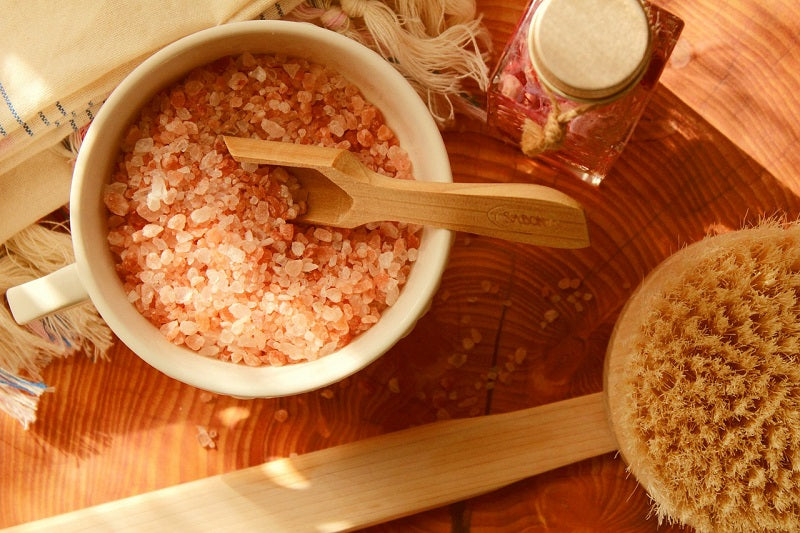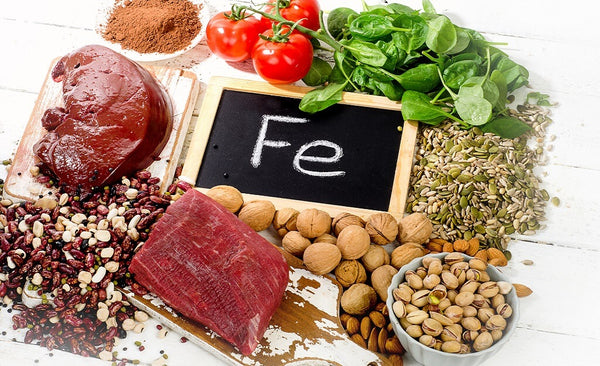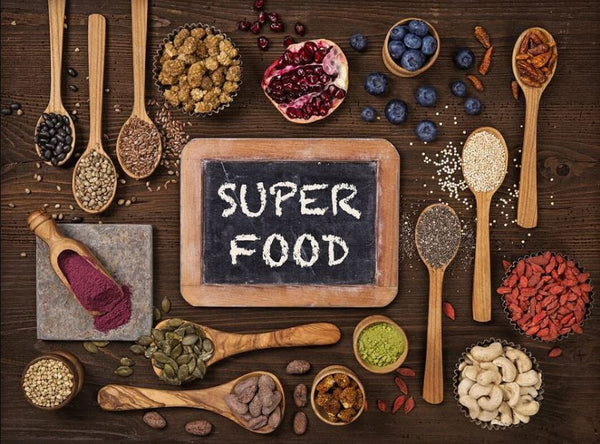How To Control Your Hunger
What causes us to feel hungry?
Hunger is a sensation triggered by the hormone ghrelin which is produced and released primarily by the stomach. Ghrelin is often referred to as the ‘hunger hormone’. Among many other functions, ghrelin stimulates your appetite and increases food intake. So when you feel or hear your stomach rumbling, that simply means it’s producing ghrelin.
Do you find that your hunger is constant and out of control? If so, here is some food for thought.
Hunger is not a simple equation of
‘HUNGER = NO FOOD + TIME’.
While it is normal to feel hungry after going without food for a number of hours, hunger is more than just that. In fact, studies on individuals who fasted for a three-day period actually showed that their hunger signals (as tracked by the hormone ghrelin) had an overall decrease by the end of their fasting period. So if our hunger actually DECREASES with time, then why do we continue to feel hungry when it comes to mealtime?
Another study on individuals undertaking a 33-hour fast showed that despite early mornings being the time everyone had gone the longest without food, ghrelin levels were actually at their lowest and only rose during each participant's typical eating times.
Fasting to decrease hunger
Now we know that the human body only comes to expect food at certain times of the day. Usually, this is according to one's eating schedule, so hunger signals will typically peak around the same time each day. If this is true then doesn’t it suggest that we can modulate our own appetite simply by engaging in short fasts and changing our eating habits?
Yes, we can! The truth is, our hormones can adapt and so will our ghrelin response (i.e. how often we get hungry) after only four days of intermittent fasting and changing the frequency of our food intake. Why not give it a try and see how you respond?
Other ways to control hunger
Here are some other helpful tips to improve your hunger response throughout the day:
1. Make sure every meal you have incorporates some high-quality fats and proteins to allow for the slow release of blood sugar.
- Add a handful of nuts and hemp seeds to your quinoa porridge.
- Add 1 serve of Happy Shape powder and a tsp of chia to your smoothie.
- Add 100g of wild-caught oily fish to your veggie stir-fry.
- Have coconut yoghurt and walnuts together.
- Add avocado and free-range chicken to your sandwich.
- Add free-range boiled eggs to your salads.

2. Keep the microflora in your gut well fed. The bacteria that live here play a major role in appetite and cravings.
- Have 100-300ml of coconut kefir each day.
- Add a tsp of miso to your cooking (after it has cooled down).
- Have 3 tbsps of pot set yoghurt.
- Replace meat with 100g of tempeh in most of your dishes.
- Add kimchi or sauerkraut to your soup bowl or salad.
- Try a splash of raw ACV in your water before meals.
3. Listen to your HUNGER signals and do not confuse them with thirst, boredom or a play of emotions.
- Stay hydrated. Carry a water bottle with you all day.
- Keep a dietary journal next to your pantry or in your phone to write down what you’re feeling before mealtimes.
- Be sure you’re implementing one stress management practice each day to avoid using food as your comfort.
To learn more about fasting, have a read of my more comprehensive intermittent fasting guide. You’ll find even more valuable information each day to guide you towards total wellness and better health!
If you are yet to join our private online group we would strongly advise it. The group is moderated by Dr Jeff and you can ask him any questions you have and interact with other ladies going through the same experiences as you. Join here.
